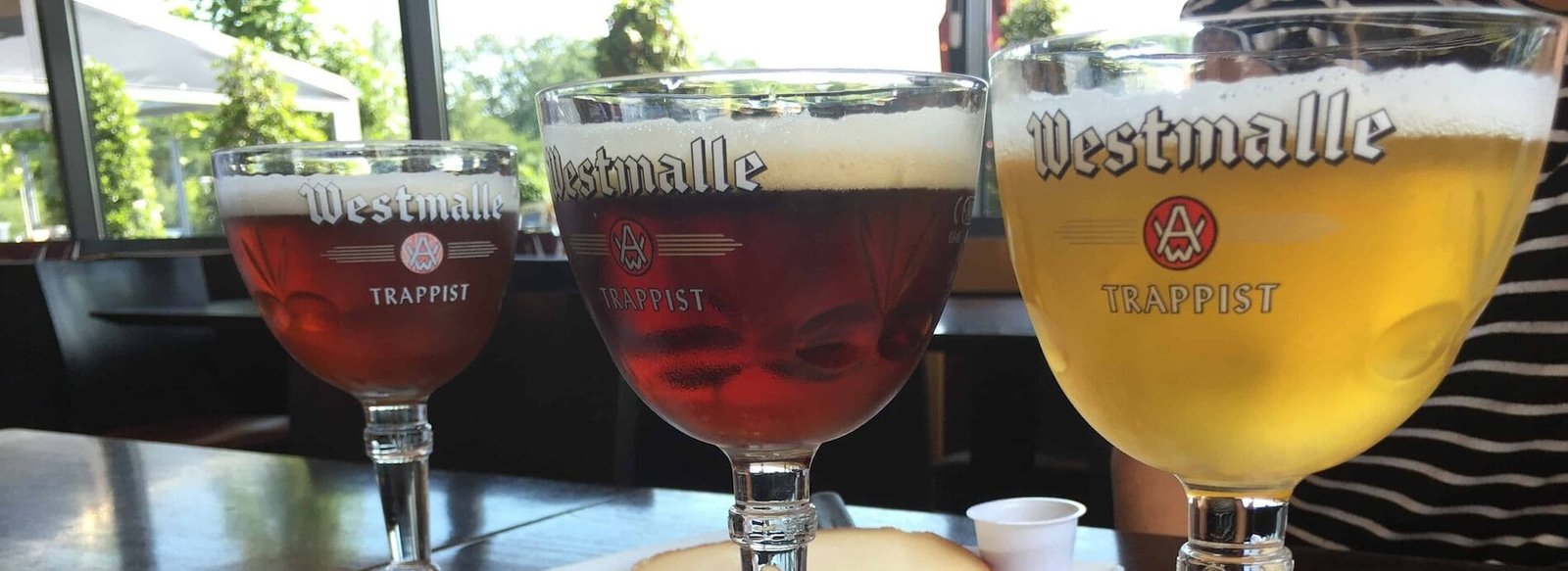Belgian ales are renowned for their unique fermentation processes, which contribute to their distinctive flavors, aromas, and overall character. Here are some key aspects of the fermentation process that set Belgian ales apart:
1. Yeast Strains
Belgian ales are often fermented with specific strains of yeast that are unique to Belgium. These yeasts can produce a wide range of flavors and aromas, including fruity esters (like banana and pear) and spicy phenols (like clove and pepper). Some well-known strains include:
– Saccharomyces cerevisiae: Commonly used in many Belgian ales, this yeast can produce complex flavors.
– Brettanomyces: Some Belgian styles, like lambics, may also involve Brettanomyces, which can impart funky, earthy notes.
2. Temperature Control
Belgian ales are typically fermented at higher temperatures than many other beer styles. This higher fermentation temperature encourages the yeast to produce more esters and phenols, enhancing the beer’s complexity. Brewers may allow fermentation temperatures to rise naturally, which can lead to even more nuanced flavors.
3. Spontaneous Fermentation
Certain Belgian styles, particularly lambics, utilize spontaneous fermentation. This process involves exposing the wort to wild yeast and bacteria from the environment, allowing for a natural fermentation process. This can lead to a wide variety of flavors, including sourness and funk, which are characteristic of styles like gueuze and kriek.
4. Secondary Fermentation
Many Belgian ales undergo a secondary fermentation process, often in the bottle. This can involve adding a small amount of sugar and yeast before bottling, allowing for carbonation to develop naturally. This method, known as bottle conditioning, can enhance the beer’s complexity and mouthfeel.
5. Use of Adjuncts
Belgian brewers often incorporate various adjuncts, such as candi sugar, spices, and fruit, during fermentation. Candi sugar can add fermentable sugars without significantly affecting the beer’s flavor, while spices and fruit can contribute additional layers of complexity.
6. Aging
Some Belgian ales, particularly strong ales and lambics, benefit from aging. This aging process can allow flavors to meld and develop further, resulting in a more refined and complex beer. The aging can take place in barrels, which may impart additional flavors from the wood.
7. Variety of Styles
Belgium is home to a wide range of beer styles, each with its own fermentation nuances. Some notable styles include:
– Dubbel: Rich and malty, often with dark fruit flavors.
– Tripel: Strong and golden, with a fruity and spicy profile.
– Quadrupel: Dark, rich, and complex, with higher alcohol content.
– Saison: A farmhouse ale that can be fruity, spicy, and sometimes sour.
– Lambic: A spontaneously fermented beer that can be blended into gueuze or flavored with fruit.
Fermentation
The unique fermentation processes of Belgian ales, characterized by specific yeast strains, temperature control, spontaneous fermentation, and the use of adjuncts, contribute to their rich and diverse flavor profiles. This complexity has made Belgian ales highly regarded among beer enthusiasts worldwide.

